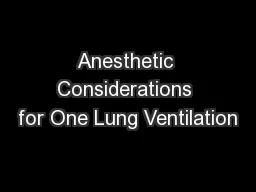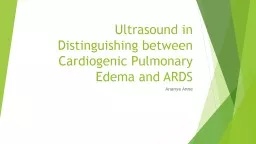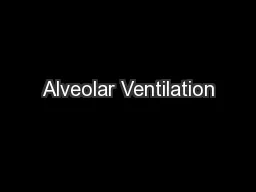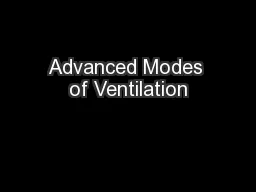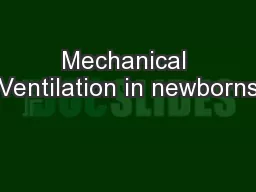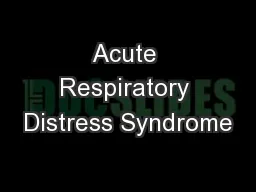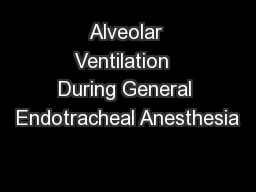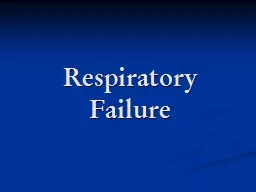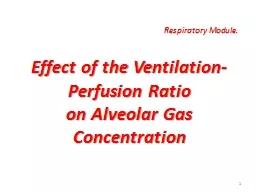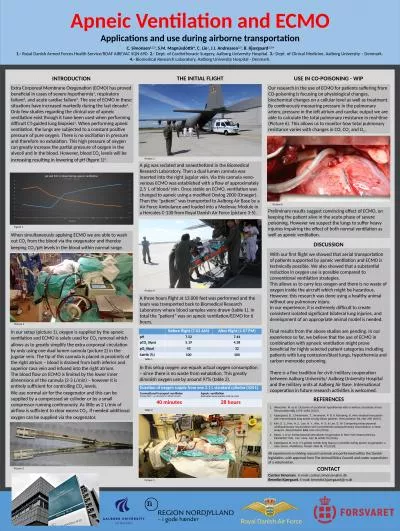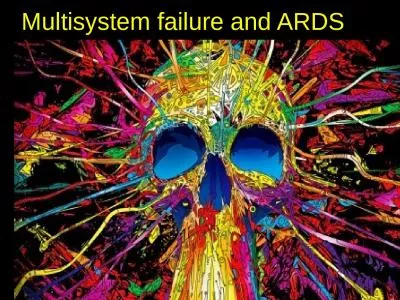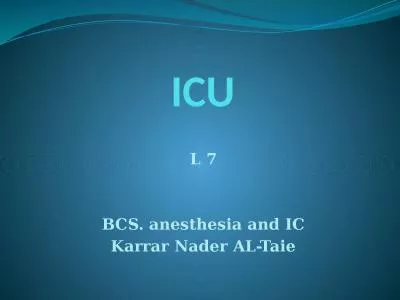PPT-Optimizing Lung Protective Ventilation to Improve ARDS Outcomes
Author : jacey | Published Date : 2023-11-22
Brad Smith PhD University of Colorado Denver Anschutz Medical Campus Departments of Bioengineering and Pediatrics Background and Vision Background and Motivation
Presentation Embed Code
Download Presentation
Download Presentation The PPT/PDF document "Optimizing Lung Protective Ventilation t..." is the property of its rightful owner. Permission is granted to download and print the materials on this website for personal, non-commercial use only, and to display it on your personal computer provided you do not modify the materials and that you retain all copyright notices contained in the materials. By downloading content from our website, you accept the terms of this agreement.
Optimizing Lung Protective Ventilation to Improve ARDS Outcomes: Transcript
Download Rules Of Document
"Optimizing Lung Protective Ventilation to Improve ARDS Outcomes"The content belongs to its owner. You may download and print it for personal use, without modification, and keep all copyright notices. By downloading, you agree to these terms.
Related Documents


